We've found 242 matches for your search. Order by
Results
-
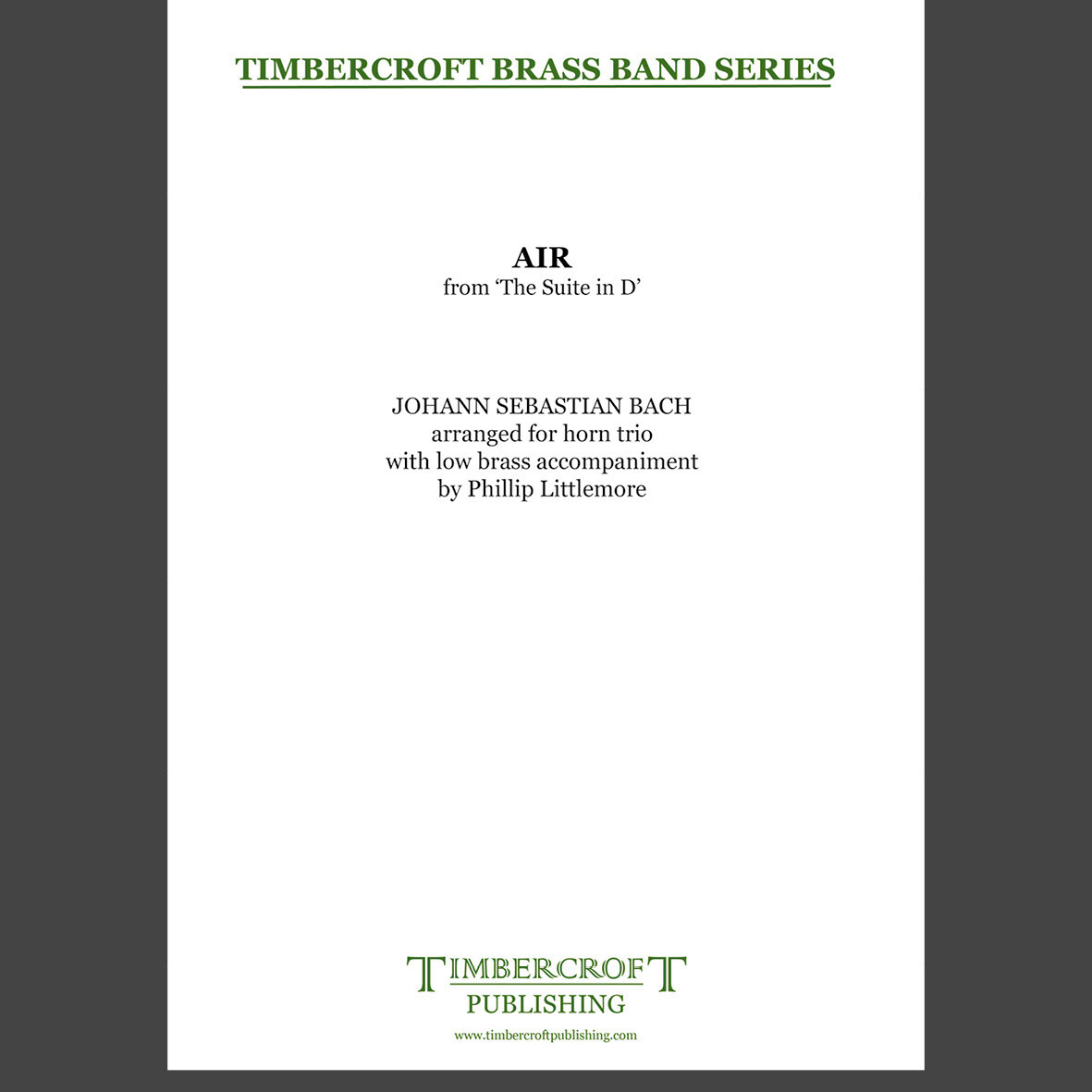 £30.00
£30.00Air from the Suite in D - J. S. Bach arr. Phillip Littlemore
Estimated dispatch 5-7 working days
-
£26.50
March from 'Casse Noisette' Suite - Tchaikovsky, P - Rimmer, D
In Stock: Estimated dispatch 1-3 working days
-
 £19.95
£19.95Air From the Suite in D (Brass Band - Score and Parts)
Estimated dispatch 7-14 working days
-
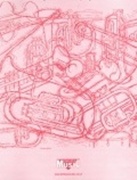 £42.50
£42.50Firebird Suite, Excerpts From (Brass Band - Score and Parts)
Recorded on Polyphonic QPRL220D Master Brass (Volume Sixteen).
Estimated dispatch 7-14 working days
-
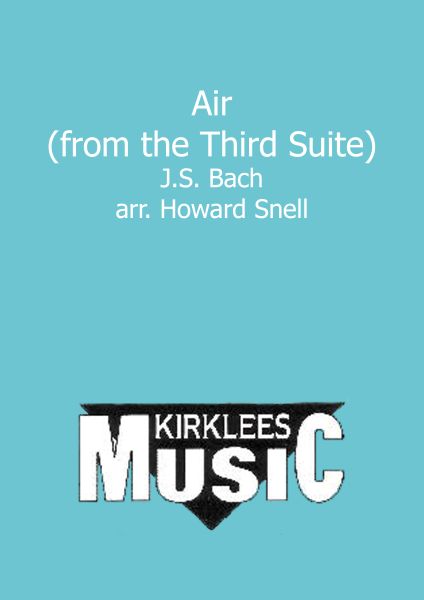 £27.50
£27.50Air (from the Third Suite)
The Cornet group (plus Flugel Horn) is the focal point of this arrangement, both musically and visually. The sound travels back and forth across the group in the continuous melodic line of which Bach was the ultimate master.
Estimated dispatch 7-14 working days
-
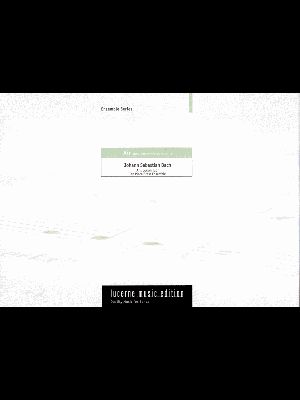 £24.50
£24.50Air from Suite No 3, BWV 1068
Estimated dispatch 7-14 working days
-
 £7.95
£7.95Air from Suite No 3, BWV 1068 (Score Only)
Estimated dispatch 7-14 working days
-
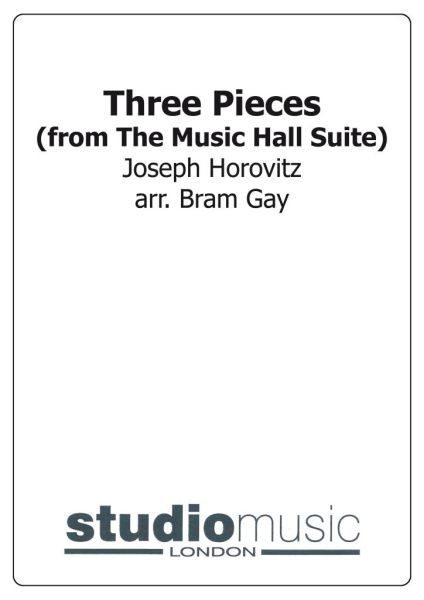 £64.95
£64.95Three Pieces (from The Music Hall Suite)
Includes: Soft Shoe Shuffle; Adagio Team; Les Girls
Estimated dispatch 7-14 working days
-
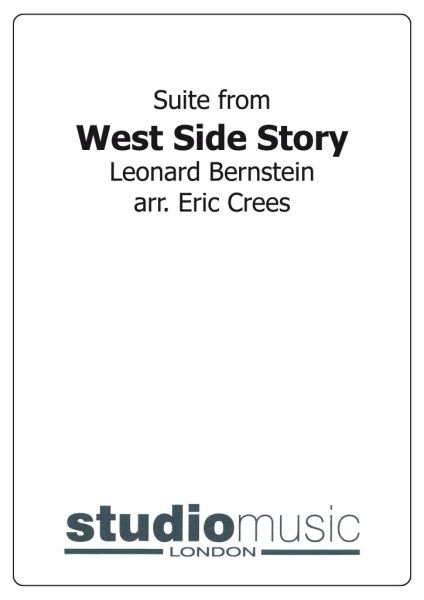 £89.95
£89.95West Side Story (Score and Parts)
Suite from West Side StoryIncludes: Prologue; Mambo (with Cha-Cha end); Cool; Somewhere
Estimated dispatch 7-14 working days
-
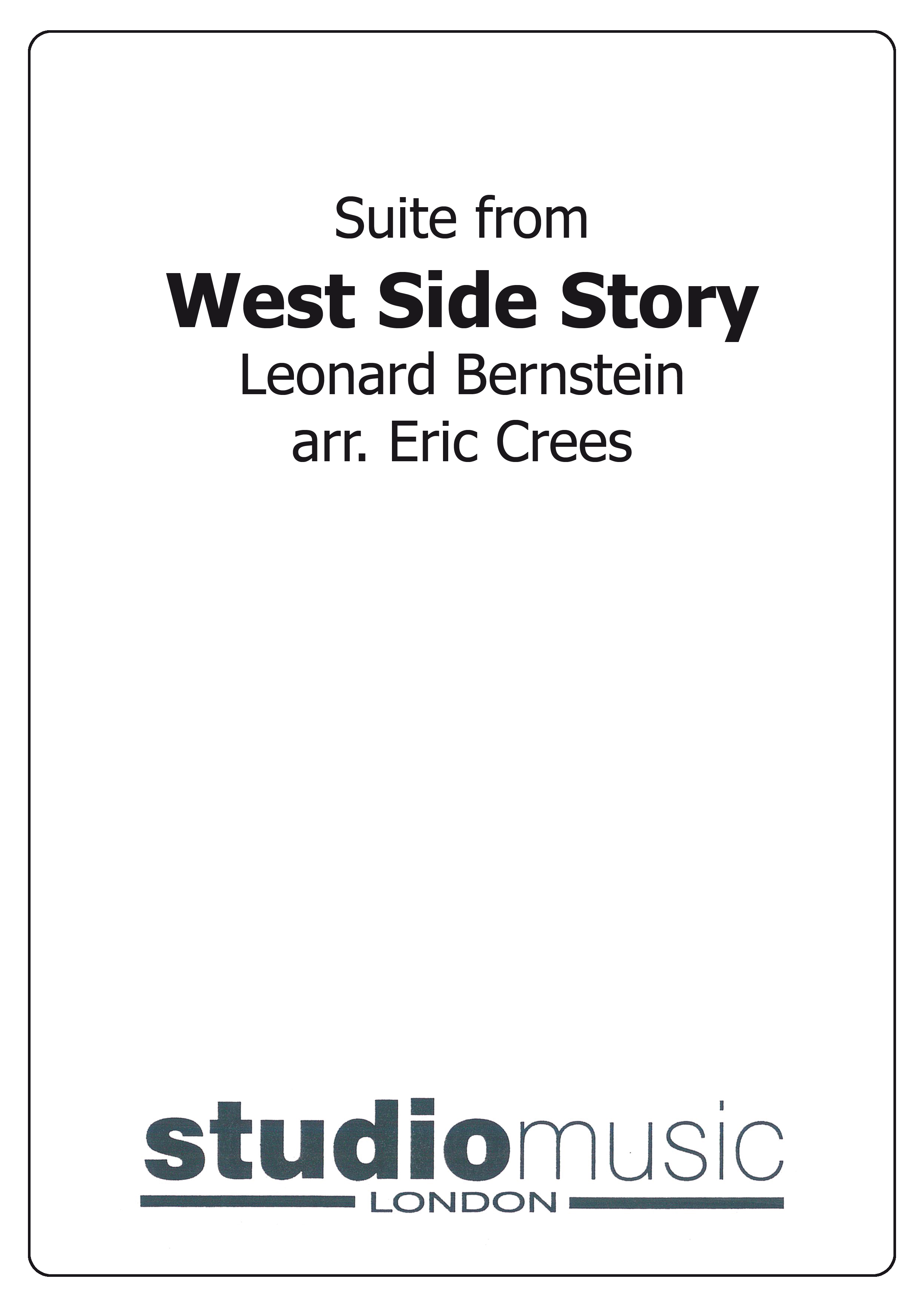 £44.95
£44.95West Side Story (Score Only)
Suite from West Side StoryIncludes: Prologue; Mambo (with Cha-Cha end); Cool; Somewhere
Estimated dispatch 7-14 working days
